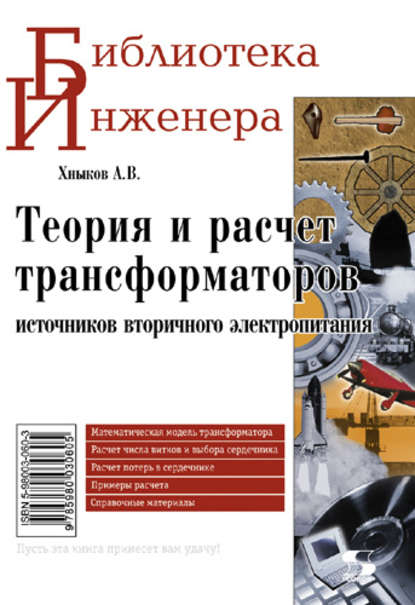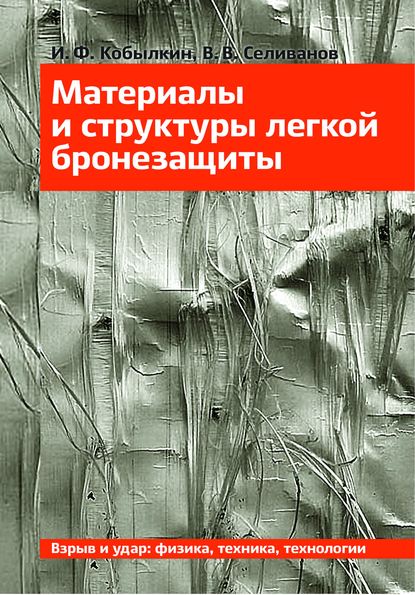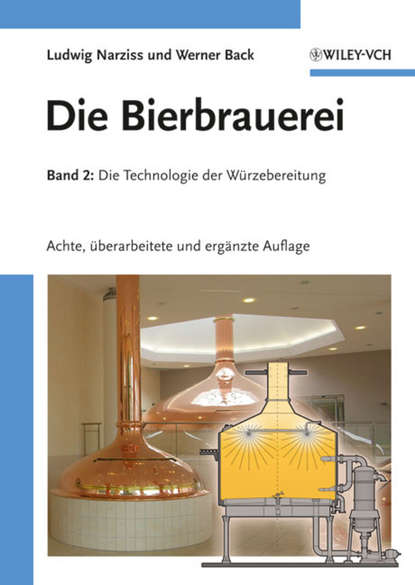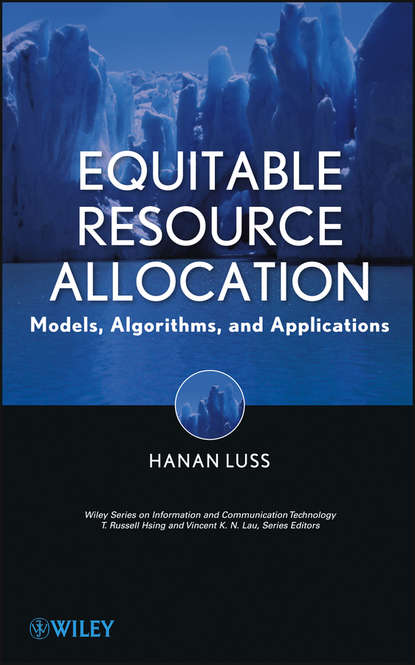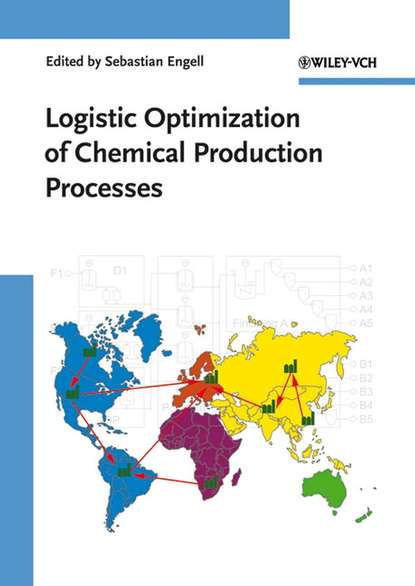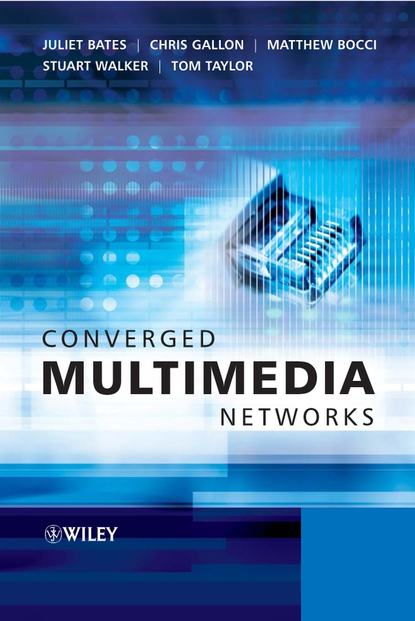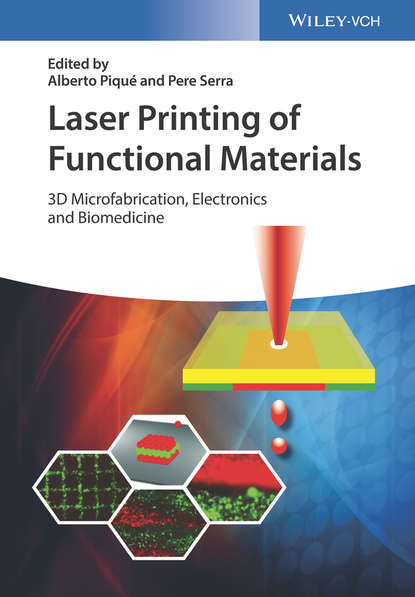The book "Introduction to RF Propagation" by John Seybold provides comprehensive coverage of the principles and practices of radio frequency (RF) propagation across all applications in the wireless industry. The text builds on the author's background in engineering to introduce the concepts and terminology related to electromagnetic waves, probability theory, communication theories, antenna polarizations, and atmospheric attenuation.
The new edition covers a wide range of applications from radar to satellite communications that address the ever-evolving technological landscape. Readers will find useful information about the FCC's recommendations regarding radiating safety, and learn about practical approaches to analyzing antenna types and determining polarization mismatches. An extensive chapter on atmospheric effects introduces typical ranges of loss that can be expected in various weather conditions, while two chapters explain the applications of ITU and Crane rainfall models. Additional chapters on path length and the influence of noise temperatures make it easier for students to understand how these factors affect the performance of satellite communication.
It covers major tools used to calculate and measure propagation parameters, such as the Computer-Based Ray Tracing Tools developed by Mitsubishi Electric Corporation. The user-friendly approach discussed in the text and examples of industry-standard models assist students in implementing the advanced engineering practices related to RF signal propagation into their project plans. It includes extensive references and accompanying resources at the Wiley FTP site that support the relevant equations and information included in the volume. Radio frequency propagation is essential to modern society because signals must travel over long distances to transmit multimedia information that facilitates effective wireless communication networks. The instructor's engaging treatment and detailed examples on this topic combine to create an effective textbook for undergraduates and graduates looking to gain a comprehensive understanding of these concepts.
Электронная Книга «Introduction to RF Propagation» написана автором John Seybold S. в году.
Минимальный возраст читателя: 0
Язык: Английский
ISBN: 9780471743682
Описание книги от John Seybold S.
An introduction to RF propagation that spans all wireless applications This book provides readers with a solid understanding of the concepts involved in the propagation of electromagnetic waves and of the commonly used modeling techniques. While many books cover RF propagation, most are geared to cellular telephone systems and, therefore, are limited in scope. This title is comprehensive-it treats the growing number of wireless applications that range well beyond the mobile telecommunications industry, including radar and satellite communications. The author's straightforward, clear style makes it easy for readers to gain the necessary background in electromagnetics, communication theory, and probability, so they can advance to propagation models for near-earth, indoor, and earth-space propagation. Critical topics that readers would otherwise have to search a number of resources to find are included: * RF safety chapter provides a concise presentation of FCC recommendations, including application examples, and prepares readers to work with real-world propagating systems * Antenna chapter provides an introduction to a wide variety of antennas and techniques for antenna analysis, including a detailed treatment of antenna polarization and axial ratio; the chapter contains a set of curves that permit readers to estimate polarization loss due to axial ratio mismatch between transmitting and receiving antennas without performing detailed calculations * Atmospheric effects chapter provides curves of typical atmospheric loss, so that expected loss can be determined easily * Rain attenuation chapter features a summary of how to apply the ITU and Crane rain models * Satellite communication chapter provides the details of earth-space propagation analysis including rain attenuation, atmospheric absorption, path length determination and noise temperature determination Examples of widely used models provide all the details and information needed to allow readers to apply the models with confidence. References, provided throughout the book, enable readers to explore particular topics in greater depth. Additionally, an accompanying Wiley ftp site provides supporting MathCad files for select figures in the book. With its emphasis on fundamentals, detailed examples, and comprehensive coverage of models and applications, this is an excellent text for upper-level undergraduate or graduate students, or for the practicing engineer who needs to develop an understanding of propagation phenomena.



